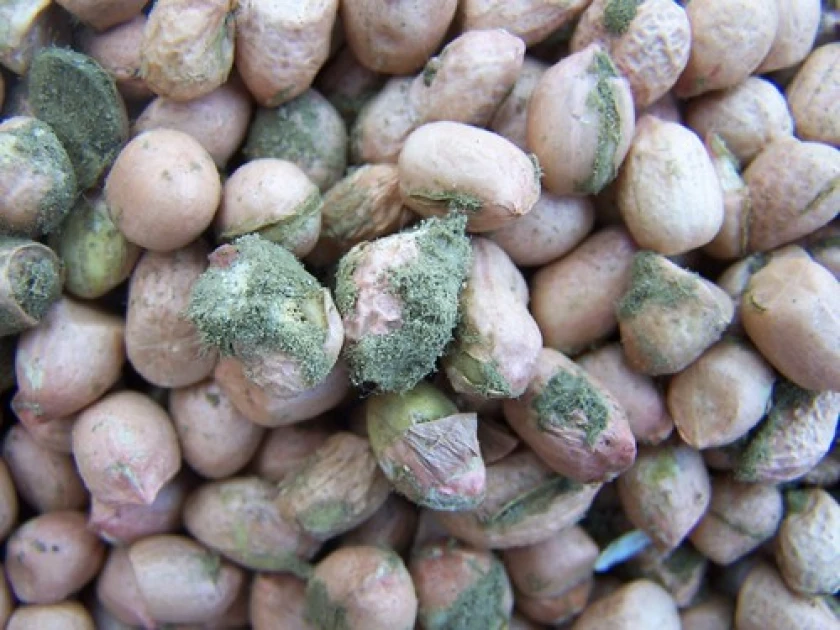Kenya's Indomie scare: What exactly is aflatoxin and why should you care?

On Thursday social media was awash with concerning messages from Kenyans following reports which indicated that popular noodles brand Indomie contained high amounts of Aflatoxin which is dangerous for human consumption.
The Consumer Federation of Kenya (COFEK) issued the notice, which was particularly worrying given the fact that Indomie has become somewhat of a staple food in Kenya.
Indomie only takes a few minutes to prepare; all you have to do is briefly boil the product, add the brand’s now-famous Bumbu sauce and voila the meal is ready for consumption.
Most Kenyans have taken a liking to Indomie owing to how affordable, easy and convenient it is to make.
While most Kenyans are familiar with the term aflatoxin, many don’t know important details about the poison which could essentially save them a costly trip to the doctor's in future.
So here are a few noteworthy details you need to keep in mind about aflatoxin.
Aflatoxin falls under a group of natural poisons known as mycotoxins. The poison, which is one of the most toxic among the mycotoxins family, originates from a number of naturally occurring mould and fungi.
The World Health Organisation (WHO) has put the poison, which thrives in warm and moist environments, on the map owing to its adverse effects on human health.
Foods and produce that are contaminated by aflatoxin are not fit for consumption and are often destroyed leading to great losses for producers.
Maize and cereals such as rice, wheat, millet and sorghum are often contaminated with aflatoxin as well as nuts such as groundnuts and fruits such as coconuts.
How does it affect people and is it deadly?
Despite the number of global deaths from aflatoxin poisoning being relatively low, a number of fatalities have been reported. In 2004 alone, Kenya lost approximately more than 80 citizens who consumed aflatoxin-contaminated maize products.
So yes, it is deadly. Poisoned patients usually exhibit symptoms such as swelling of the legs, vomiting, bleeding and yellowing of the eyes, which are synonymous with liver failure. As a carcinogen, aflatoxin also has the potential of causing cancer. Children are more susceptible to aflatoxin poisoning and they usually exhibit stunted growth as a result.
As mentioned before, aflatoxin is caused by fungi that thrive in wet and moist environments so avoid foods with mould on them. Despite having no smell or colour aflatoxin often causes food to turn bitter as such it is imperative to avoid foods with an unnatural taste.
The World Health Organisation advises persons to carefully inspect foods that can be contaminated by aflatoxin for the presence of moulds and to likewise strive to procure the commodities when they are as fresh as possible.
Food should likewise be stored properly and discarded after being kept for a prolonged amount of time. Diversifying your diet will also mitigate aflatoxin exposure. Farmers have also been advised to grow fungal-resistant varieties of plants, store food in low temperatures and use fungicides against fungal growth.
Want to send us a story? SMS to 25170 or WhatsApp 0743570000 or Submit on Citizen Digital or email wananchi@royalmedia.co.ke
Comments
No comments yet.


Leave a Comment